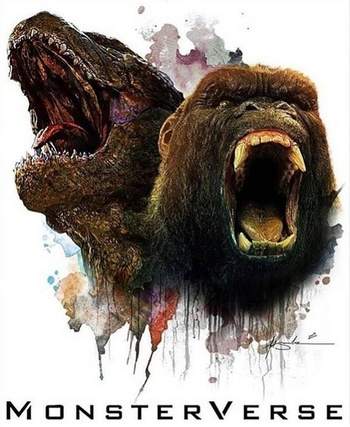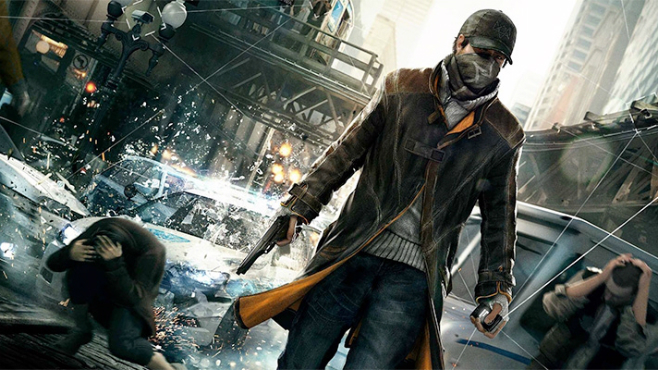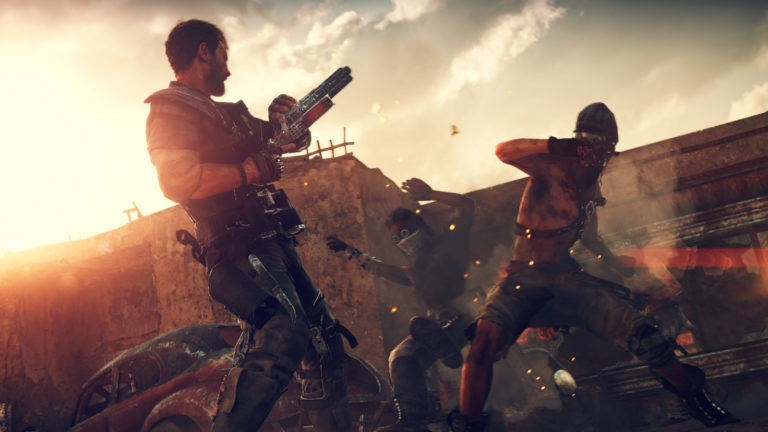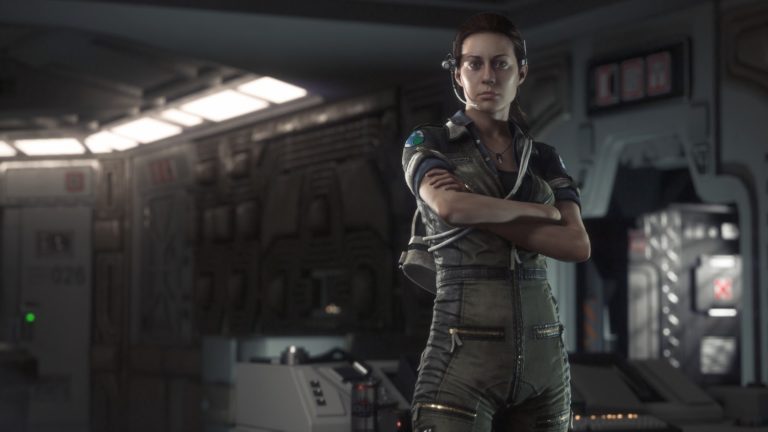When it comes to cinematic universes, we all know the story: Marvel’s only getting better as they...
alien isolation
So recently my morning started off in fantastic fashion as one of my friends on Facebook shared...
Critical reviews are an endless source of discussion in popular culture. On the one hand, they offer...
(NOTE: I’m going to be super busy this week so I’m going to hold off from updating...



